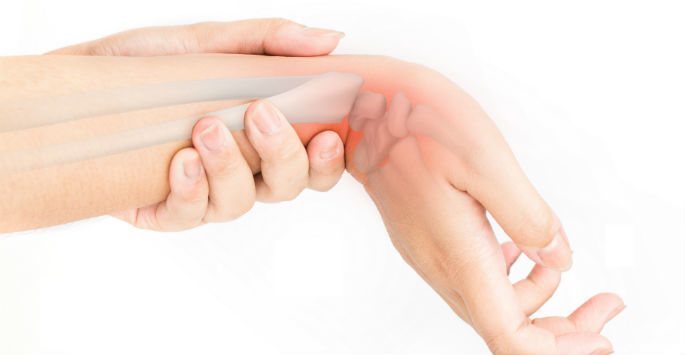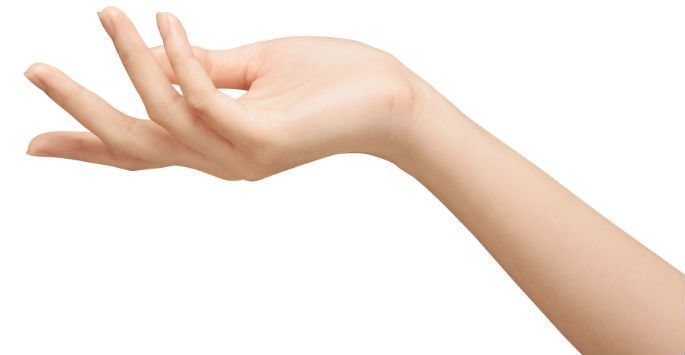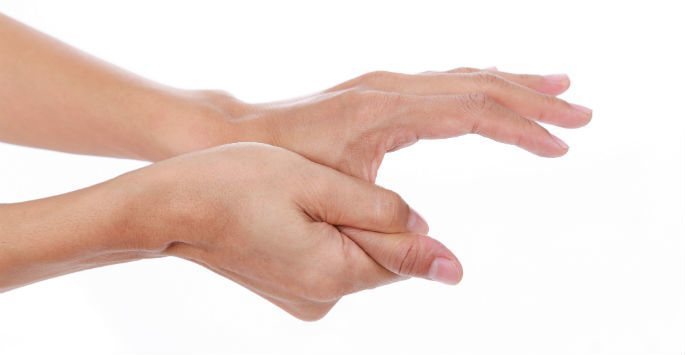What is Kienbock’s disease, and how is it treated? Those are the first questions patients may ask upon hearing this phrase.
Following are some of the basic facts about this hand condition.
What is Kienbock’s Disease, and What Causes It?
Also known as avascular necrosis of the lunate, Kienbock’s disease is a condition in which the blood supply feeding the lunate is somehow blocked. The lunate, which is one of the eight bones in the wrist, eventually dies and collapses. The condition, which usually involves only one wrist, is most common in young men.
Kienbock’s disease has multiple causes. It can be caused by such congenital defects like an abnormally short ulna. The radius and ulna are both forearm bones, and they share the force transferred from the hand to the forearm when the person grips something. An abnormally short ulna puts all of the pressure on the radius. The lunate, which is between the radius and the capitate bone, ends up absorbing excess pressure.
The disease can also be caused by injuries to the wrist, be they a single acute injury or chronic repetitive injuries that damage the blood vessels. Diseases that affect the blood vessels like sickle cell anemia can also cause Kienbock’s disease.
What are the Symptoms?
The chief symptoms of Kienbock’s disease are wrist pain coupled with limited mobility. The patient may also have trouble gripping items. During the early stages, the patient may feel only pain during or after actually using their wrist. As the disease progresses, the pain becomes constant.
A patient with this disease may also develop swelling in the wrist. The area around the lunate, the lower palm below the little and ring fingers, may become tender. The patient may also develop arthritis, but that symptom is associated with late-stage Kienbock’s disease, which takes years to develop.
How is the Disease Diagnosed?
During the early stages, the disease can be difficult to diagnose. Dr. Arora will likely begin by taking a medical history and examining the wrist. He will also order X-rays and MRIs. The X-rays can be used to determine how badly the lunate has deteriorated, while the MRI can be used to determine the damage to the blood vessels feeding the lunate. If necessary, the doctor may also order a CT scan of the bones.
What are the Treatments for Kienbock’s Disease?
There are several treatments for Kienbock’s disease. As the disease has several stages, the treatments vary accordingly. If our team catches the condition early, the wrist can be immobilized. This treatment is intended to let the damaged blood vessels and lunate heal on their own.
If the immobilization proves unsuccessful, or the patient has late-stage Kienbock’s disease, our doctor will recommend surgery. He may also recommend surgery if the Kienbock’s is caused by a birth defect, like an abnormally short ulna. In that situation, Dr. Arora can lengthen the ulna, shorten the radius or fuse certain bones so that the two bones meet the wrist bones above them properly.
The types of surgical procedures used will depend on how advanced the disease is. Wrist fusion, for example, is a procedure typically used for very late-stage Kienbock’s characterized by a wholly arthritic wrist.
Schedule a consultation at Arora Hand Surgery in West Bloomfield, Howell, Warren, or Macomb to have your condition evaluated and to learn more about what Kienbock’s disease is. Contact us today to book your appointment and get started with a treatment plan that can bring you relief.

















